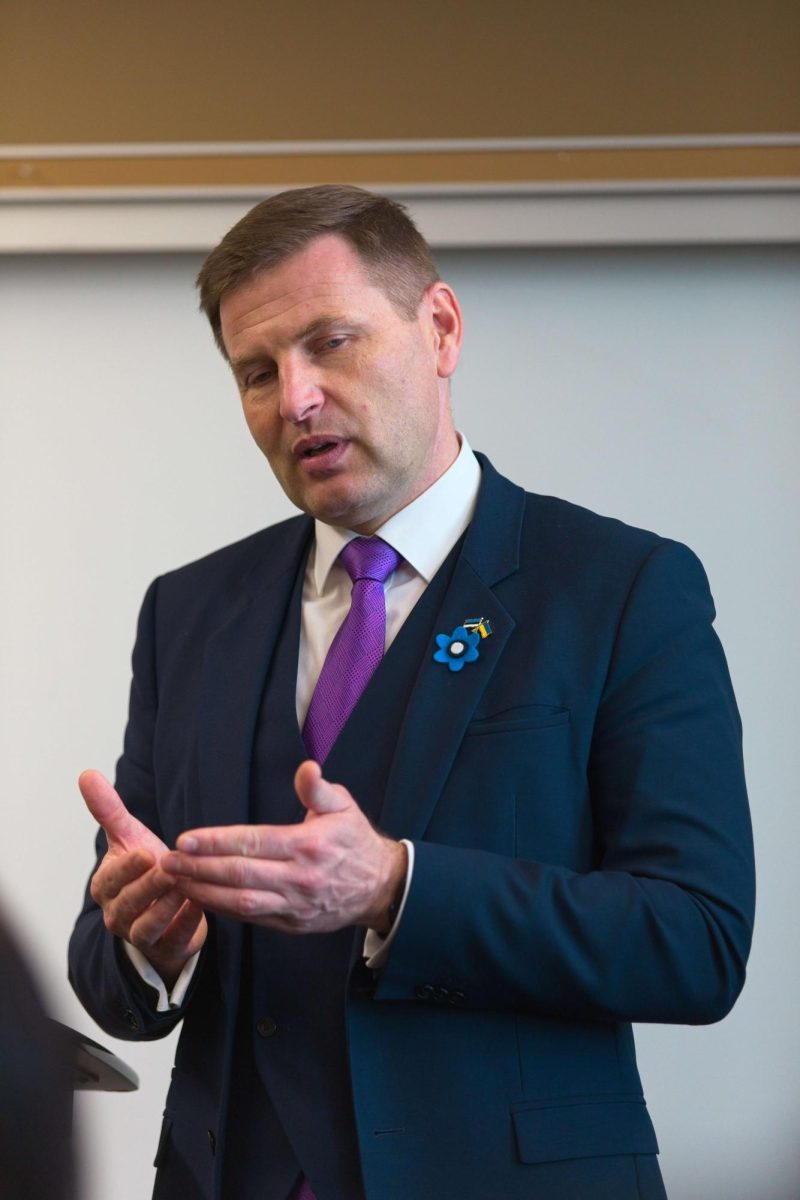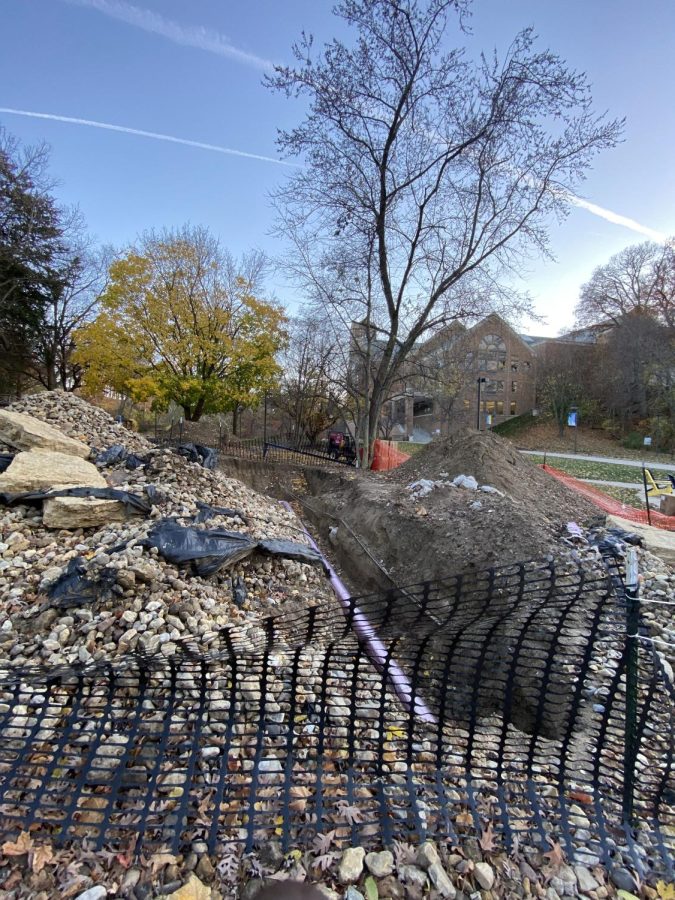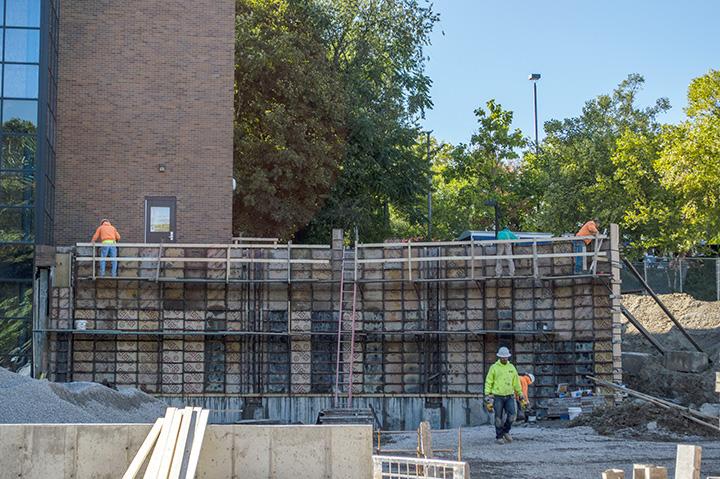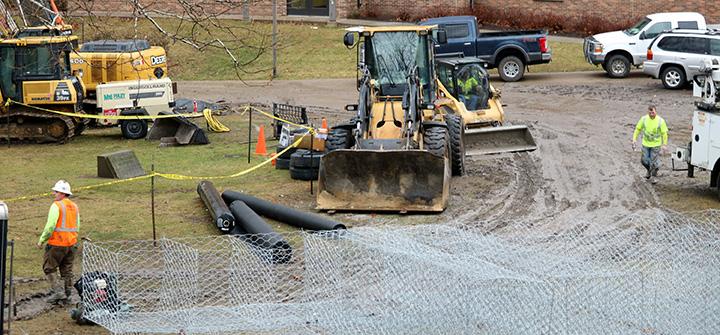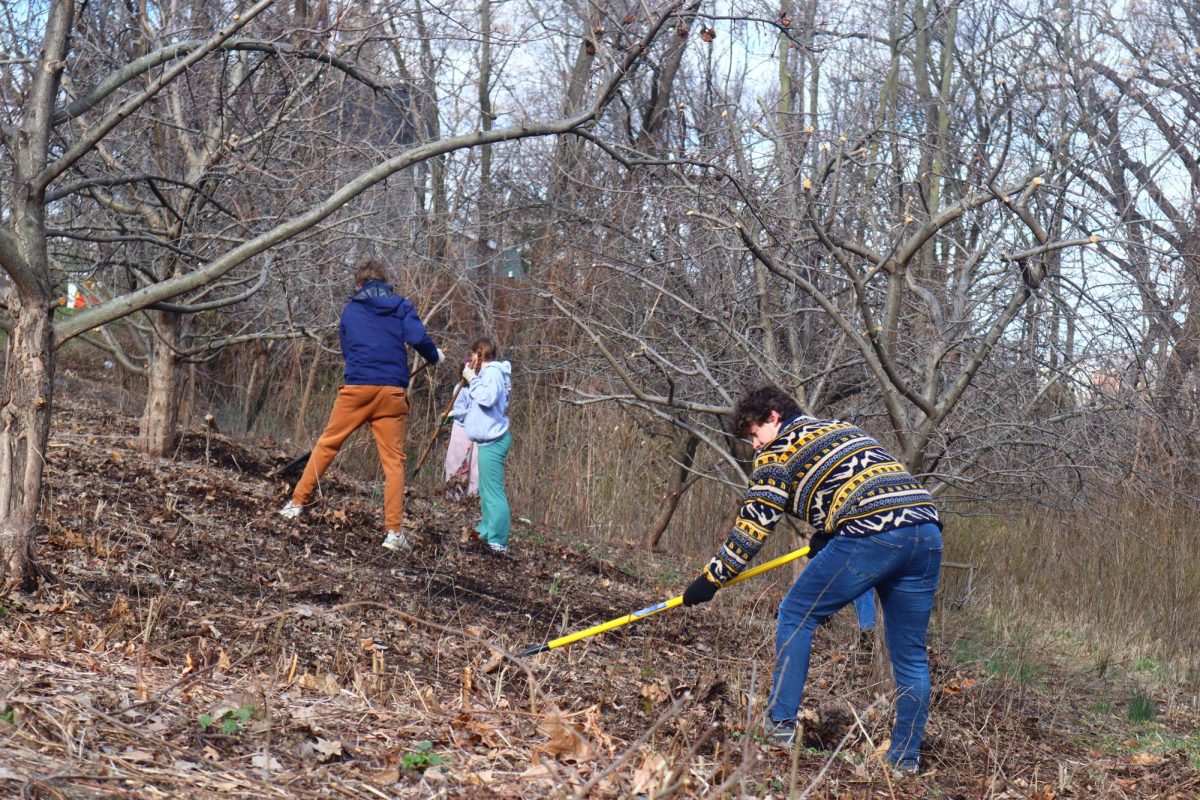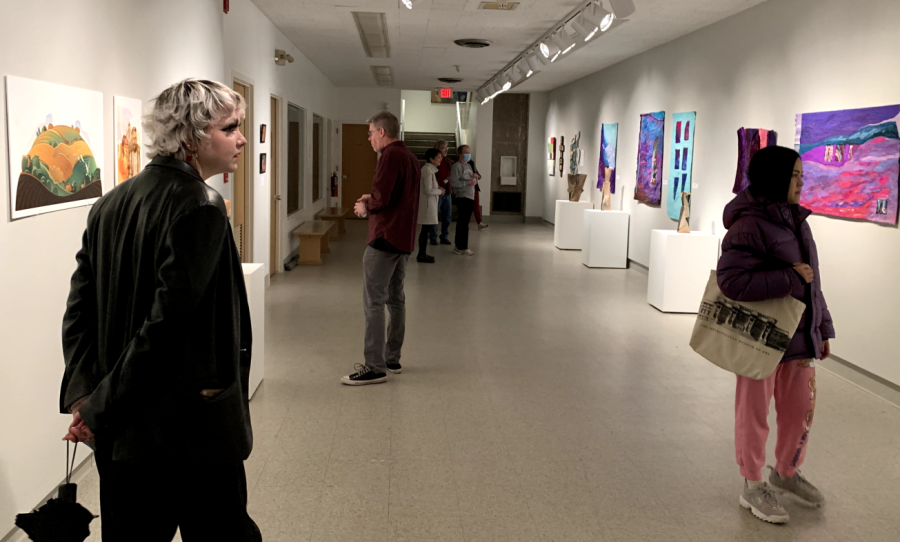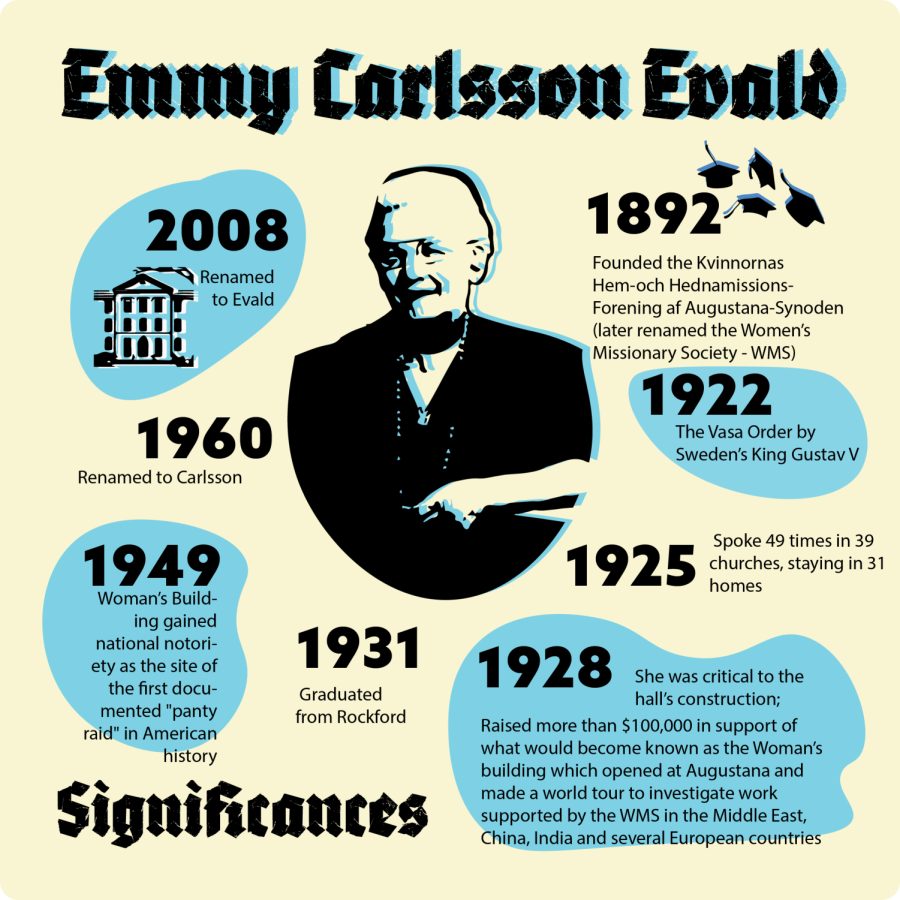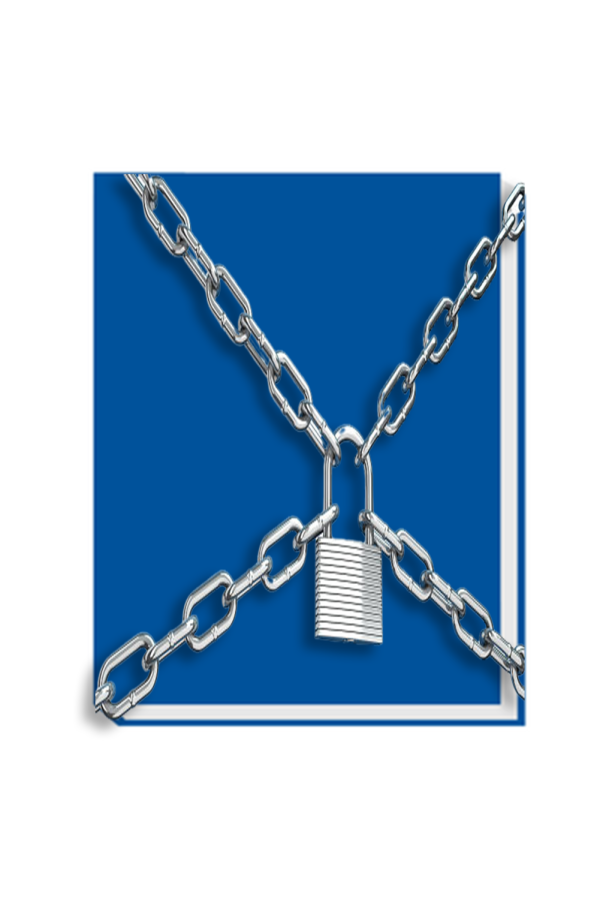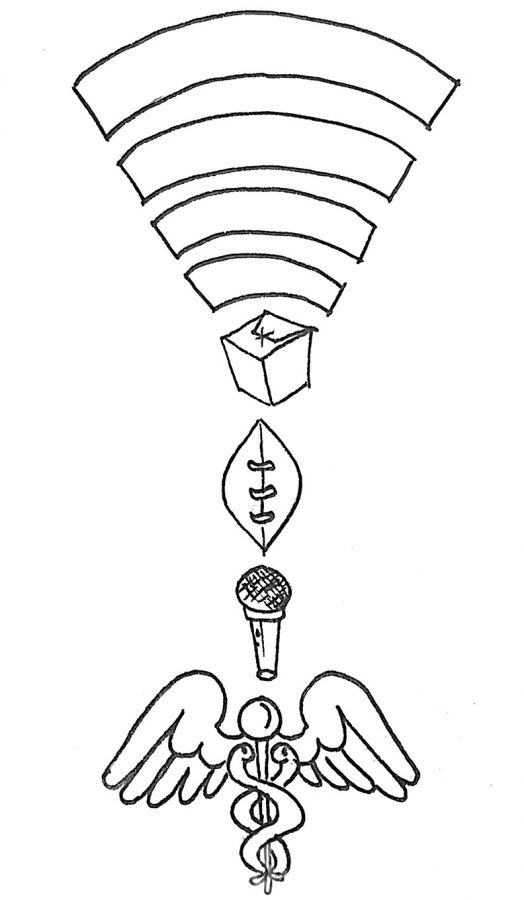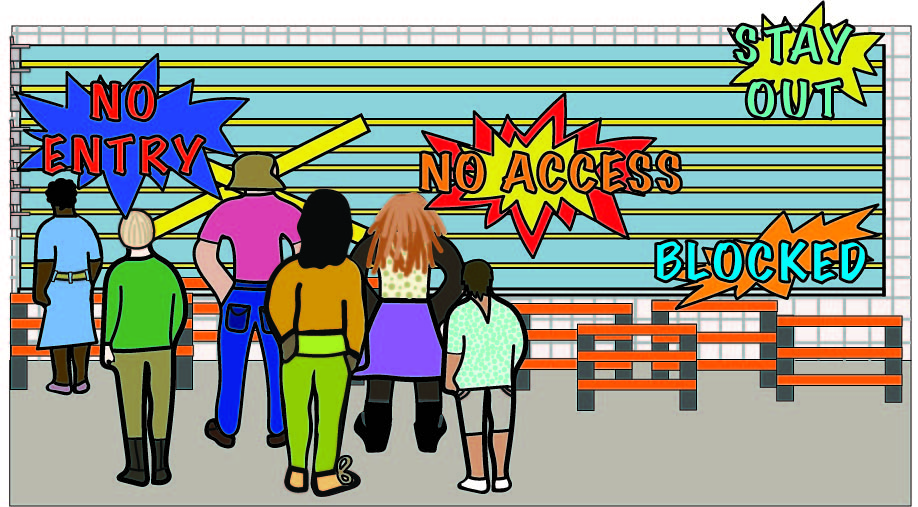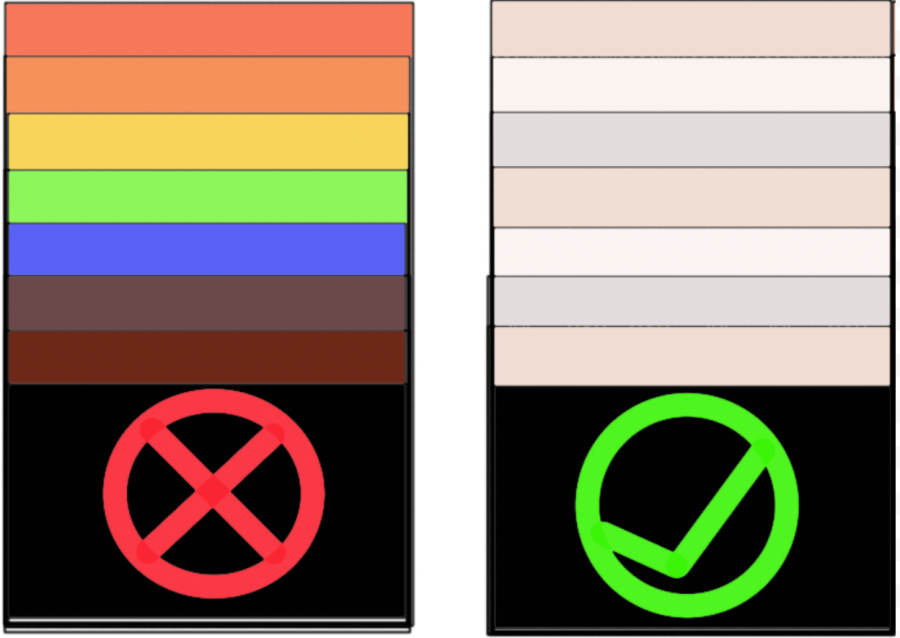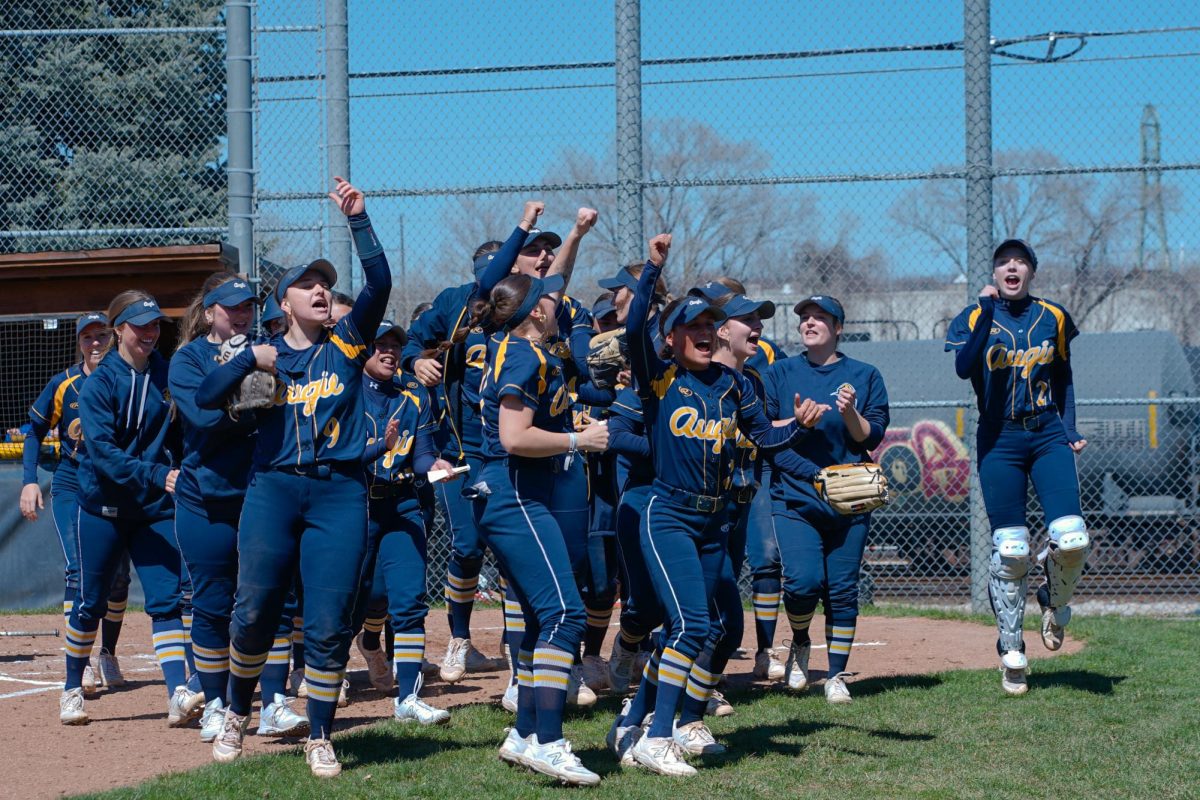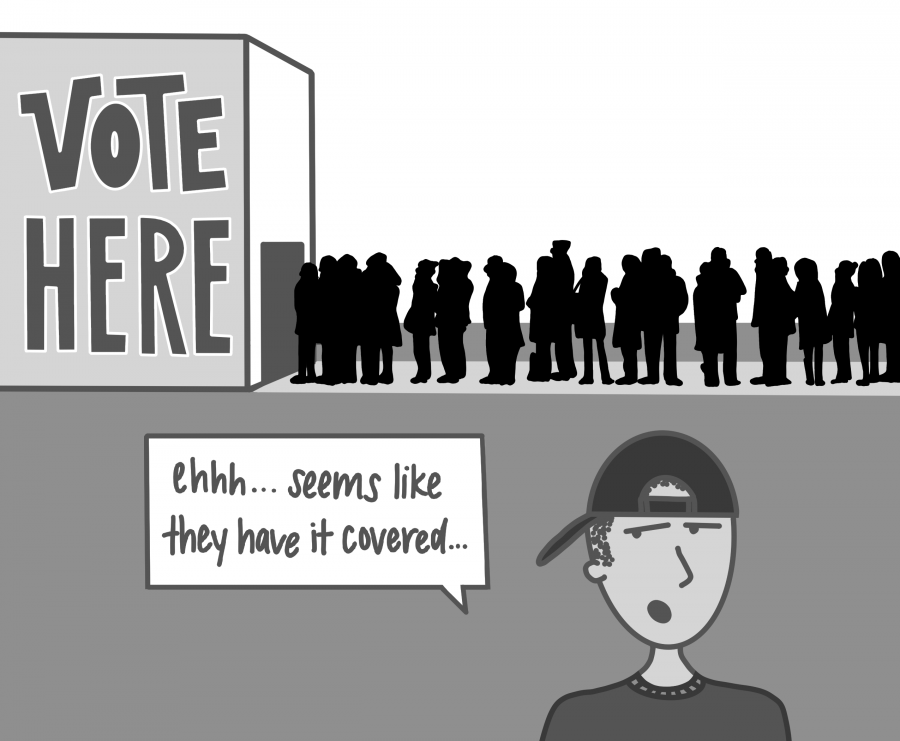Investing in the country’s infrastructure is one of the few things in American politics that both parties agree should be done. During the Trump presidency, even amid the tensest moments, Democrats and Republicans still talked about the hope of the oft-promised infrastructure week.
Thus, when the Biden administration unveiled their $2 trillion American Jobs Plan, the debate was not over whether we should invest in the country’s aging and neglected infrastructure. Instead, the controversy was about what counts as infrastructure.
The American Jobs Plan uses an expansive definition of infrastructure, including everything from roads and bridges, to affordable housing, to climate research and development, to the ailing care economy. While many have criticised the expansiveness, I think that the pandemic has made it abundantly clear that it takes far more than roads and bridges to support the US economy.
Infrastructure is a basket of things that are essential to the day to day functioning of the economy. It used to be that roads and bridges were the most important components to a functioning economy. Without them, transporting goods would be slow and the economy would grind to a halt.
Over the past couple centuries, the definition of what constitutes infrastructure has changed. When once it was roads and bridges, it then expanded to include railways and electricity. At each point in the evolution of infrastructure, there has been a push to innovate, not merely to build with the technology of yesteryear but with the technology of tomorrow.
Transportation
Maintaining infrastructure is about ensuring that the economy can function at optimal speeds. For too long, the country has neglected the infrastructure that keeps it running. We tend to take for granted that the road we drive on to get to work or school, or the electricity that allows us to turn on the lights will always be there. But when the road is damaged, we feel it acutely.
Perhaps we have become numb to the poor state of our infrastructure. All the while, broken roads and infrastructure not suited to the current demand are costing Americans dearly.
Take, for example, the New York City subway. It is iconic, but delays have become part of its identity. While New Yorkers wait for trains delayed by broken rails or cars in disrepair, it is estimated that delays cost the economy at least $170 million per year. The NYC subway is ailing and in desperate need of repair.
Locally, the roads around Rock Island are in bad shape. In Illinois, it is estimated that the damage done to vehicles from poor road conditions, like potholes, is $18.3 billion per year. White House data suggests that the average Illinoisan driver spends $609 per year paying for damage incurred from bad roads. Imagine how that money could have been better spent. Not to mention the time that it takes to get the vehicle repaired, time taken away from work and family.
The internet
What once was a luxury is now critical to the everyday functioning of the economy. In 2015, with the backing of President Obama, the FCC voted to treat the internet as a public utility for purposes of regulation. It has become increasingly clear, especially during the pandemic, that internet access is essential to daily life. If school is remote, internet access is a necessity.
Getting the internet to rural communities has been difficult because the private sector does not see it as a profitable endeavour. But should such a critical commodity be denied to rural dwellers because of this? The country faced a similar problem in the early twentieth century with electricity. Extending electricity to rural areas was deemed to not be economically possible.
In 1935, FDR issued an executive order to create the Rural Electrification Administration. Congress formally endorsed the President’s direction by passing the Rural Electrification Act in 1936. The effect was not immediate, and there were still hurdles. Over the course of a few years, the cost per mile of extending electricity fell by over half, from the estimated $2000 per mile to less than $825 per mile. The electrification of rural areas demonstrated how the citizenry could organise, forming co-ops, and could work with the private sector and the government to get the job done. Without the government funding and support, the project would not have been possible.
We can do the same thing with internet services.
Care
A few weeks ago, I wrote about the importance of paying for all kinds of work, including the care work that has been exploited for centuries without pay. One of the most debated areas of the infrastructure bill is the money allocated to expanding the home and community-based care services (HCBS).
These are the services that provide care to the elderly and to disabled people who require supervision. Right now, the waiting list for Illinois’s Medicaid waiver program which provides access to HCBS is five to seven years. The reason is that states are capped on the number of waivers it can provide. This leaves a huge gap in care. In addition, those who work for the program are woefully underpaid, and the majority are Black women, adding a racial disparity to wages for care work.
The HCBS program needs help, but should it be considered infrastructure? I think so, but I know that many could disagree. The way I see it is that infrastructure is about spending on the things that are essential to the functioning of the economy. That includes our human capital. As a country, we ought to care more for our aging humans in addition to our aging energy grid, roads and bridges. When we neglect capital, the economy suffers.
At the start of the pandemic, what we viewed as essential expanded. If the grocery store cashier does not show up for work, the grocery store does not operate and people lose access to fresh food. Humans require at least some fuel to function, and they either prepare the food themselves or they outsource that labour to restaurants for a price. I have learned that our system is more fragile than I once thought and that there are more structure-integral elements than I was aware of. I think that it is time to recognise that infrastructure means far more than roads and bridges.

